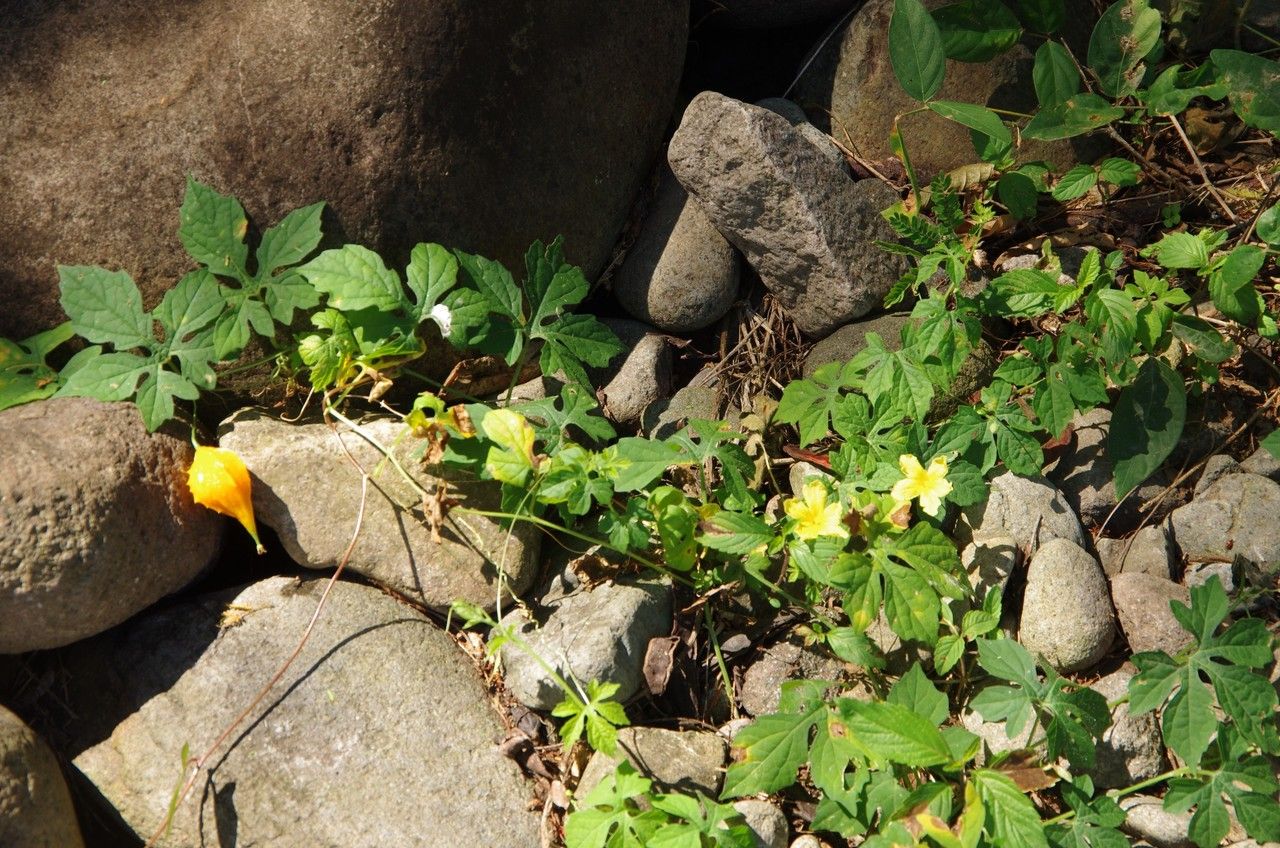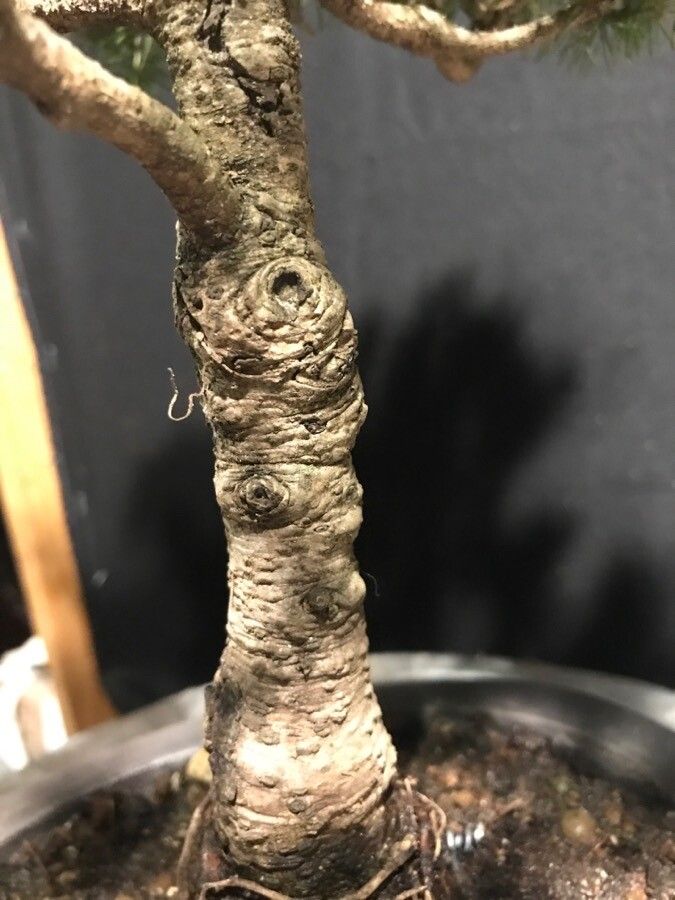## Moth Mullein: A Gardener's Delight
Moth mullein ( *Verbascum blattaria*), a member of the Scrophulariaceae family, is a captivating biennial plant prized for its striking appearance and relatively low-maintenance nature. Unlike its cousin, common mullein, Moth mullein boasts a more delicate, elegant form, making it a welcome addition to both formal and wildflower gardens. This comprehensive guide will explore its unique characteristics, ideal growing conditions, and provide helpful tips for successful cultivation.
### Identifying Moth Mullein
Moth mullein is easily recognized by its tall, slender stalks that can reach heights of 2-4 feet. Its leaves are typically lance-shaped and somewhat clasping, growing alternately along the stem. The most captivating feature is its flowers, which bloom in vibrant shades of yellow, white, or even pink, depending on the cultivar. These flowers are typically smaller than those of common mullein and have a subtle, delicate appearance, contributing to its “moth-like” name. The flowers are often adorned with darker markings or spots, further enhancing their beauty.
### Habitat and Growth
Native to Europe and parts of Asia, Moth Mullein has naturalized in many parts of North America, often found thriving in disturbed areas such as meadows, roadsides, and wastelands. This adaptability showcases its resilience and low-maintenance nature, making it a perfect choice for gardeners of all skill levels. It prefers full sun to partial shade and well-drained soil. While it tolerates a range of soil types, it thrives in slightly alkaline conditions.
### Planting and Care
Moth mullein is typically grown from seed. Sow seeds directly outdoors in the spring or fall. Ensure the soil is well-prepared and free of weeds. Germination usually occurs within a few weeks. Once established, Moth mullein requires minimal care. Regular watering is important, especially during dry periods, but avoid overwatering, which can lead to root rot. Deadheading spent flowers can encourage more blooms, but it is not strictly necessary.
### Pest and Disease Resistance
Moth mullein is generally pest and disease resistant. However, like other plants, it can be susceptible to fungal diseases if grown in poorly drained soil or conditions of excessive moisture. Providing good air circulation can minimize the risk of fungal issues.
### Propagation
While growing from seed is the most common method, self-seeding is also a feature of Moth mullein. Allowing some seed heads to mature and disperse naturally can result in new plants appearing in surrounding areas. However, for targeted propagation, collecting seed heads and sowing them in desired locations is a more controlled approach.
### Uses and Benefits
Beyond its ornamental value, Moth mullein has historically been used for medicinal purposes, though this should only be undertaken under the guidance of a qualified herbalist. It has also been used as a natural dye and has a place in some wildlife gardens, providing nectar for pollinators.
### Conclusion
Moth mullein offers a unique blend of beauty and resilience. Its low-maintenance nature and striking flowers make it an excellent choice for novice and experienced gardeners alike. Embrace its natural charm and watch it flourish in your garden, adding a touch of wild elegance to your landscape.
Moth Mullein: Grow This Striking Biennial

Frequently Asked Questions
How to grow Moth Mullein from seed?
Sow seeds directly outdoors in spring or fall in well-prepared, weed-free soil. Ensure good drainage and regular watering, especially during dry periods. Germination usually takes a few weeks.
Is Moth Mullein easy to care for?
Yes, Moth mullein is relatively low-maintenance. Once established, it requires minimal care beyond regular watering, particularly during dry spells. Deadheading spent flowers can promote more blooms but isn't necessary.


